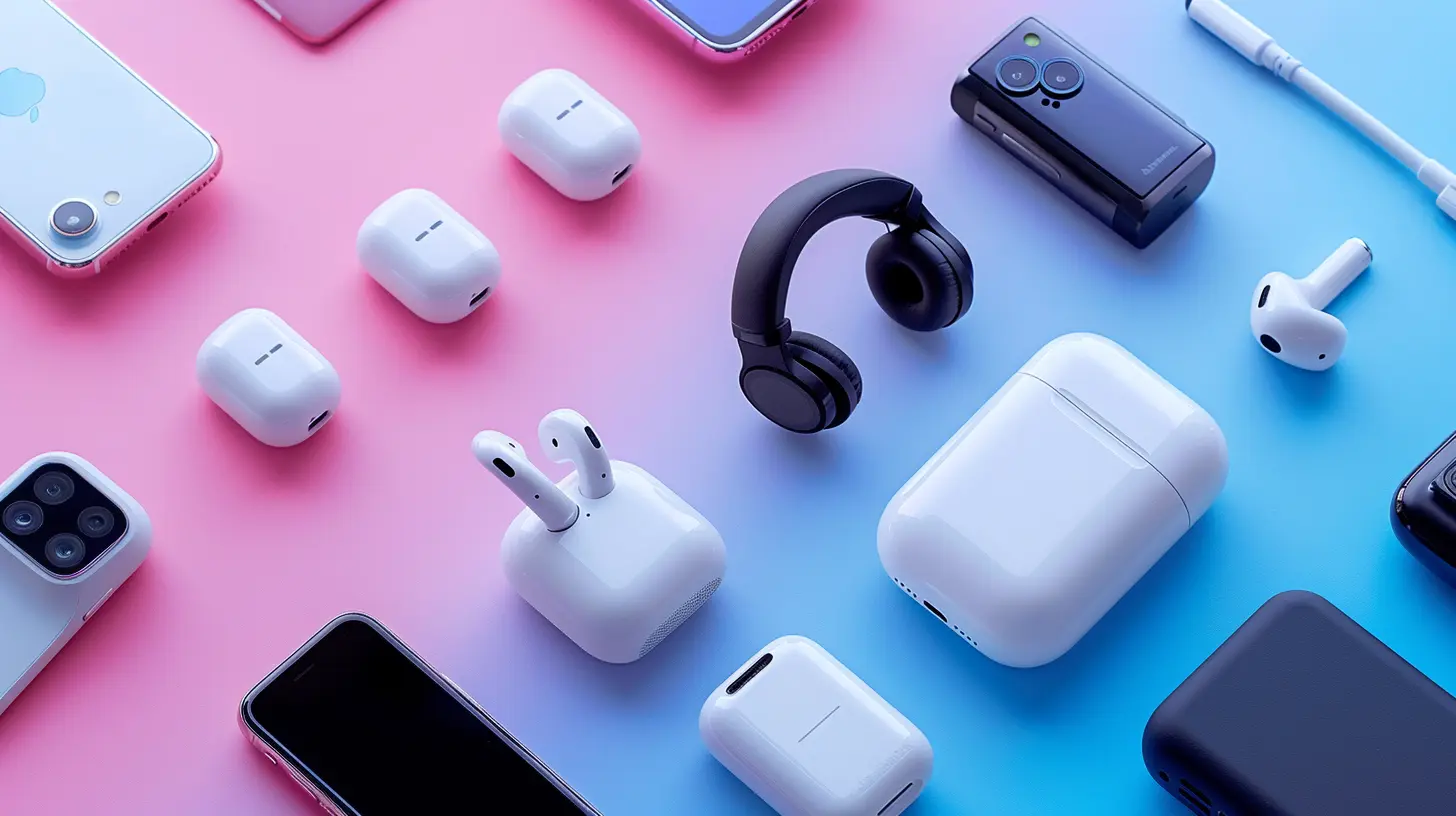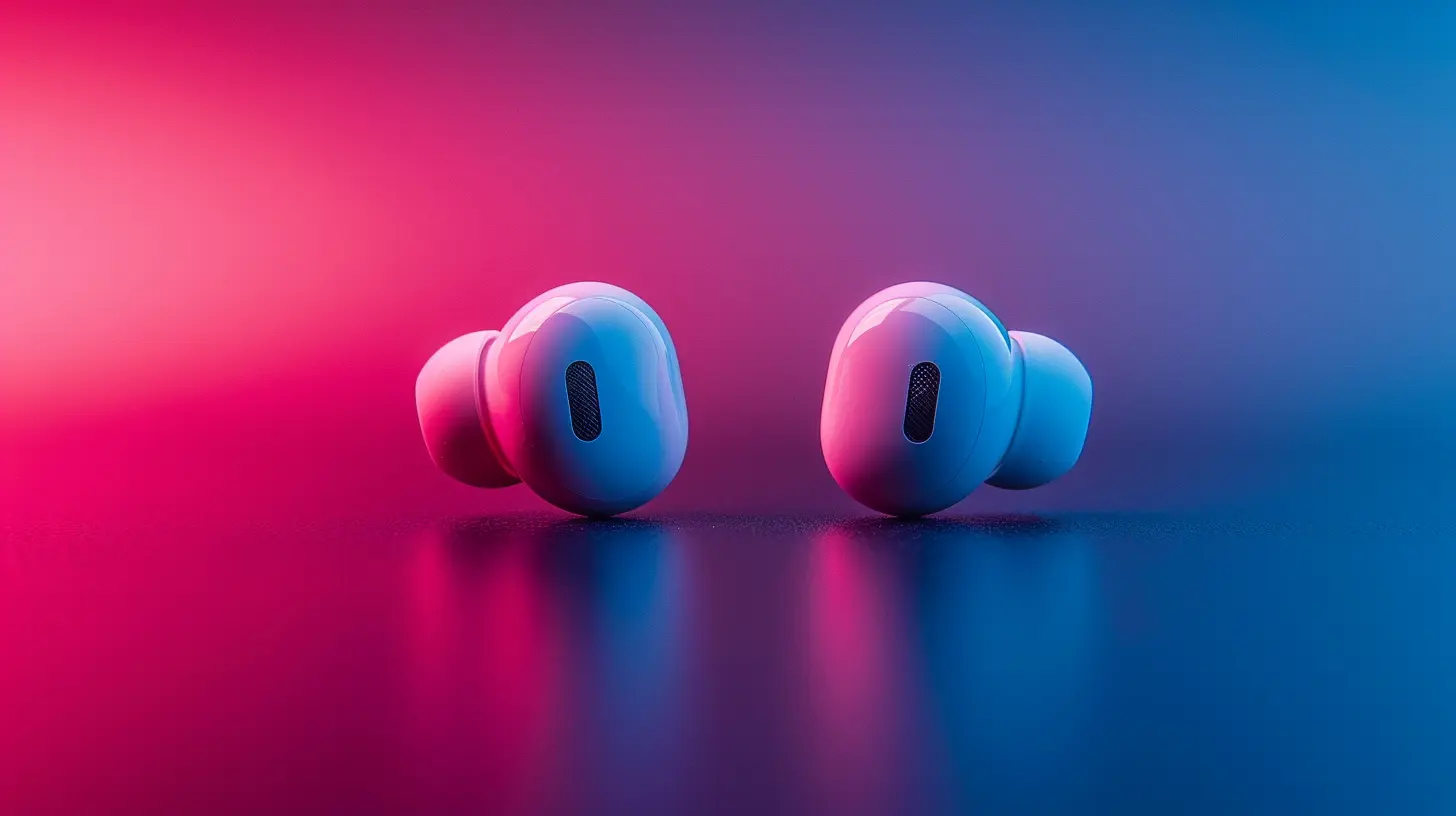The Science Behind Bluetooth Range: How Far Can You Go?
19 November 2025
Bluetooth — we use it every day without giving it much thought. From wireless headphones and car connections to smart home devices and fitness trackers, Bluetooth has quietly become the unsung hero of our wireless world. But there’s one mystery that still leaves many scratching their heads: how far can Bluetooth actually go? What determines its range? Why does it sometimes drop out when you move just a room away, while other times it works across the house?
Let’s unpack the science behind Bluetooth range and see what really makes this tech tick — and more importantly, how far it can stretch before giving up the ghost.
🔍 What is Bluetooth, Really?
Alright, before we zoom into the range stuff, let’s get the basics down. Bluetooth is a wireless communication technology designed to exchange data between devices over short distances. It uses short-wavelength UHF radio waves in the ISM band (2.4 GHz to be specific).In simpler terms? Bluetooth is like a walkie-talkie built into your devices, letting them "talk" to each other without the hassle of wires. But just like any conversation, the distance between the two parties matters.
📡 The Basics of Bluetooth Range
So, how far can Bluetooth go?Well, that depends. Officially, Bluetooth devices are divided into classes based on their power levels — and that power directly affects range.
Class Breakdown:
| Class | Power Output | Typical Range ||-------|--------------|----------------|
| Class 1 | 100 mW | Up to 100 meters (328 feet) |
| Class 2 | 2.5 mW | Around 10 meters (33 feet) |
| Class 3 | 1 mW | Less than 10 meters (usually about 1 meter or 3 feet) |
Most smartphones, Bluetooth earbuds, and personal gadgets are Class 2. That’s why you can walk around your living room with your earbuds in, but lose signal if you wander into the garage.
🔬 The Science: What Actually Affects Bluetooth Range?
There's no one-size-fits-all answer when it comes to Bluetooth range. It’s like asking, "How far can I shout before someone stops hearing me?" Well… it depends on how loud you shout, who’s listening, and what’s in the way.Let’s break it down.
1. Power Output
This one’s kind of obvious. More power = longer range.Think of it like a flashlight. A stronger beam cuts further through the darkness. Similarly, higher Bluetooth power lets signals travel farther. Class 1 devices can reach up to 100 meters, mostly because they have the wattage to throw the signal further.
But here’s the catch — increasing power also drains battery life. That’s why smaller gadgets (like earbuds and smartwatches) usually use lower power. They're optimized for battery over range.
2. Obstacles and Interference
Walls, furniture, human bodies, and even other wireless signals can mess with your connection.Bluetooth doesn't exactly love solid materials. Brick, concrete, and metal? They're like kryptonite. If you're wondering why your Bluetooth speaker cuts out when you go into the kitchen, blame those steel appliances and the thick walls.
Also, since Bluetooth shares the 2.4 GHz band with Wi-Fi and microwaves (!), it can get a little crowded. That congestion causes interference, which weakens your connection.
3. Antenna Quality
Not all Bluetooth chips and antennas are created equal.Devices with better-built antennas can send and receive signals more efficiently. It’s like comparing a local radio station to a national broadcaster — both transmit, but one does it better and further.
Some high-end Bluetooth speakers or premium headphones include multi-antenna setups or advanced routing software to improve stability and range. That’s part of what you’re paying for.
4. Bluetooth Version Matters
Bluetooth has evolved a lot since its dial-up era roots.Every new version of Bluetooth brings better range, faster speeds, and smarter energy use. (Spoiler: Modern Bluetooth is way better than what we had in 2005!)
| Version | Max Range* | Key Features |
|---------|------------|----------------|
| 4.0 (2010) | ~50 meters | Low Energy (BLE) introduced |
| 4.2 (2014) | ~60 meters | Improved privacy and speed |
| 5.0 (2016) | Up to 240 meters (theoretical) | Greater range, speed, and broadcast capacity |
| 5.1 / 5.2 / 5.3 | ~240+ meters | Direction finding, multi-stream audio (5.2), LE Audio |
*These ranges are theoretical maximums in open areas (no walls, no interference).
Bluetooth 5.0 and later really shook things up by drastically improving range using a trick called "coded PHY" (basically, sacrificing speed for distance). So yeah, with newer tech, longer distances are 100% possible.
🧪 Real-World Scenarios: Your Bluetooth Mileage May Vary
Okay, theory’s great. But what happens in real life?Let's walk through some everyday scenarios:
✅ Situation 1: Wireless Earbuds and Your Phone
You're at the gym, phone in the locker, earbuds in ears.Realistically? You'll start losing connection after 30 feet or so, especially with walls in the way. Most earbuds use Bluetooth 4.0-5.0, Class 2, low power to save battery.
✅ Situation 2: Bluetooth Speaker in Your Backyard
Got your phone inside and blasting tunes outside?If both your phone and speaker support Bluetooth 5.0 or later, you might get solid sound up to 60+ feet — as long as there are minimal obstructions.
✅ Situation 3: Smartwatch Syncing with Your Phone
As long as your watch is on your wrist and your phone is in your pocket, you’re golden. But walk across your home and down into the basement? Don’t count on it.🚀 How Can You Improve Bluetooth Range?
You may not be able to change physics, but you can still stretch the limits. Here's how:🛠️ 1. Use Devices with the Latest Bluetooth Versions
Bluetooth 5.0 and up make a big difference. Check the specs before you buy — newer tech is your best shot at better range.📱 2. Keep Firmware and OS Updated
Manufacturers often push updates that improve performance, including Bluetooth handling. A simple update can work wonders.🚪 3. Minimize Obstacles
Keep a clear line of sight between your devices. Avoid walls, metal objects, and human barriers. Yes — even your own body can block the signal!🔌 4. Use External Adapters or Signal Boosters
Big Bluetooth needs? Try a USB dongle with a high-gain antenna for your PC or laptop. These can provide Class 1-level range with better results than built-in options.📈 The Future of Bluetooth Range
Hold your popcorn — the Bluetooth SIG (Special Interest Group) isn’t done yet.With Bluetooth LE Audio, Auracast broadcasting, and advanced direction finding, the future is about more than just how far you can go. It's about how precisely your device can connect, how many devices it can handle at once, and how good it sounds doing it.
We’re talking about scenarios where Bluetooth can serve stadiums, airports, and entire smart cities. Imagine walking into a mall and having your earbuds automatically connect to audio at just the right volume, from the perfect source. Wild, right?
The focus is shifting from just brute range to smart, adaptive, and high-quality connections — wherever you go.
🧐 Quick FAQs About Bluetooth Range
Q: Can Bluetooth go through walls?A: Yes, but poorly. The more walls (especially solid ones), the worse the range.
Q: Does Bluetooth drain battery faster at a longer range?
A: Yup, your device works harder to maintain the connection the further it has to reach.
Q: Why does my connection drop sometimes even when I’m close?
A: Could be interference, poor antenna quality, or even your body blocking the signal.
Q: Is Wi-Fi better than Bluetooth for range?
A: Typically, yes. Wi-Fi is designed for higher data rates and longer distances. But Bluetooth wins in low-power, short-range scenarios.
✨ Final Thoughts
So, how far can you go with Bluetooth?Well, it’s not just about feet or meters. It's about context — devices, environment, power, and even physics. Understanding those hidden factors puts you back in the driver’s seat.
Bluetooth might be a quiet tech, but it’s not a weak one. With the right gear and setup, you can push its range far beyond what you thought possible. Whether you're jamming out in your backyard, syncing up your smart home, or just trying to stop your music from cutting out — now you know what’s really going on.
Go ahead, stretch the signal. Bluetooth’s got more juice than you think.
all images in this post were generated using AI tools
Category:
Bluetooth DevicesAuthor:

Reese McQuillan

